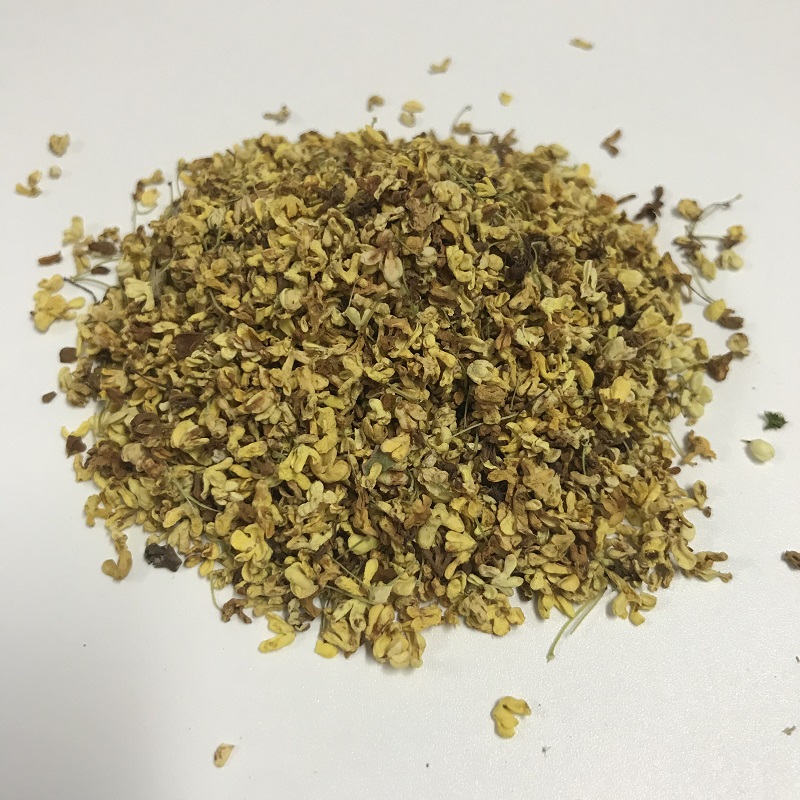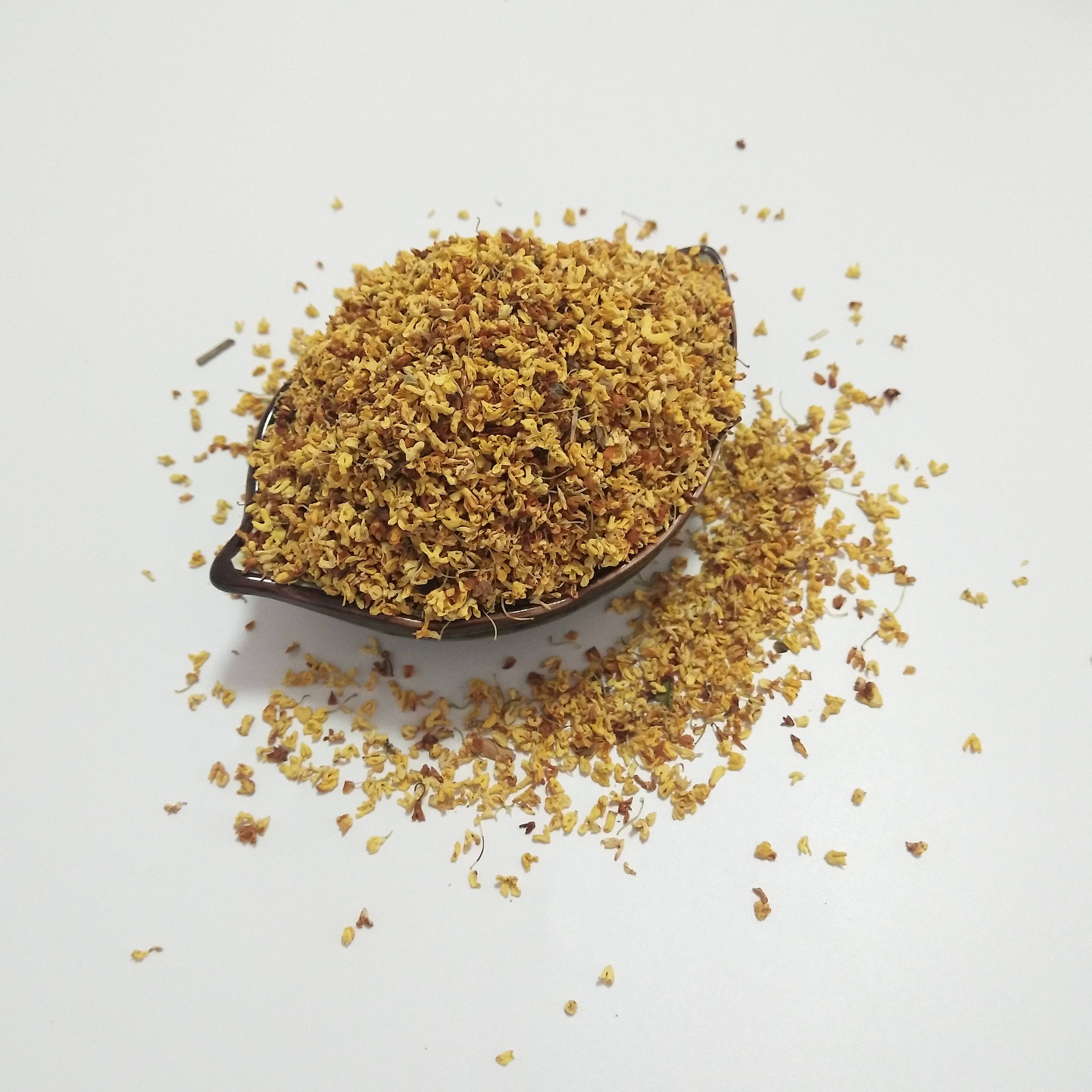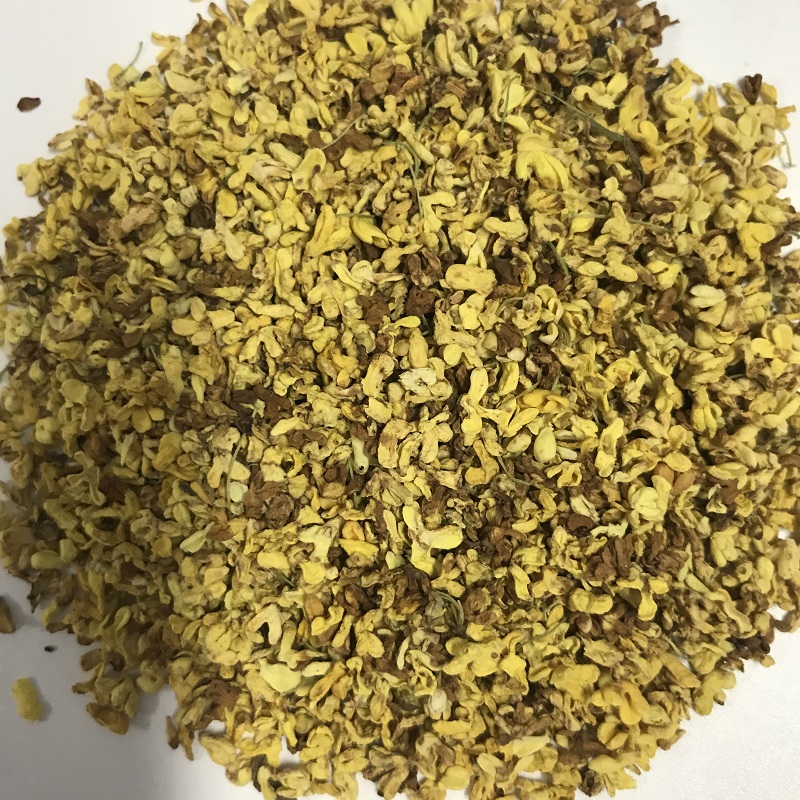
Osmanthus, scientifically known as "Osmanthus fragrans," is a genus of evergreen shrubs or small trees that are native to Eastern Asia, particularly China. The plant is highly valued for its intensely fragrant flowers, which are often used in traditional Chinese medicine, perfumery, and culinary applications.
The osmanthus flower typically blooms in late summer to early autumn, producing small, yellow or white flowers that grow in clusters. Despite their small size, the flowers have a strong, sweet, apricot-like aroma that can be detected from a distance. There are several varieties of Osmanthus, including:
O. fragrans var. aurantiacus - This variety has dark orange flowers and is one of the most commonly cultivated forms.
O. fragrans var. fragrans - This variety has yellow flowers and is the type most often associated with the traditional fragrance of osmanthus.
O. fragrans var. latifolius - Known for its broader leaves and yellow flowers, it is sometimes called the holly osmanthus due to the similarity of its leaves to those of holly plants.
O. fragrans var. pubescens - This variety has white flowers and hairy leaves.
In Chinese culture, osmanthus holds special significance. It is associated with the moon festival, also known as the Mid-Autumn Festival, where it symbolizes good luck and prosperity. During this festival, people enjoy osmanthus wine, tea, and sweets made with the fragrant flowers.
Osmanthus flowers are used in various ways:
Culinary Uses: The petals are edible and can be used to flavor teas, wines, cakes, and confectionery. They are often paired with other ingredients such as black sesame or lotus seed paste in desserts.
Aromatherapy: The essential oil extracted from osmanthus flowers is used in aromatherapy for its relaxing and uplifting properties. It is believed to help reduce stress and improve mood.
Perfumery: The distinctive scent of osmanthus is a popular note in fragrances, especially in East Asian perfumery.
Traditional Medicine: In traditional Chinese medicine, osmanthus flowers are thought to have health benefits such as soothing the liver, improving eyesight, and relieving cold symptoms.
Gardeners appreciate osmanthus for its evergreen nature and fragrant blooms, making it a popular choice for landscape design and ornamental gardening. The plant prefers well-drained soil and full sun to partial shade, thriving in warm temperate to subtropical climates.
Overall, osmanthus is more than just a decorative plant; it plays a significant role in cultural celebrations, culinary arts, and traditional medicine in many parts of Asia.

![]()









